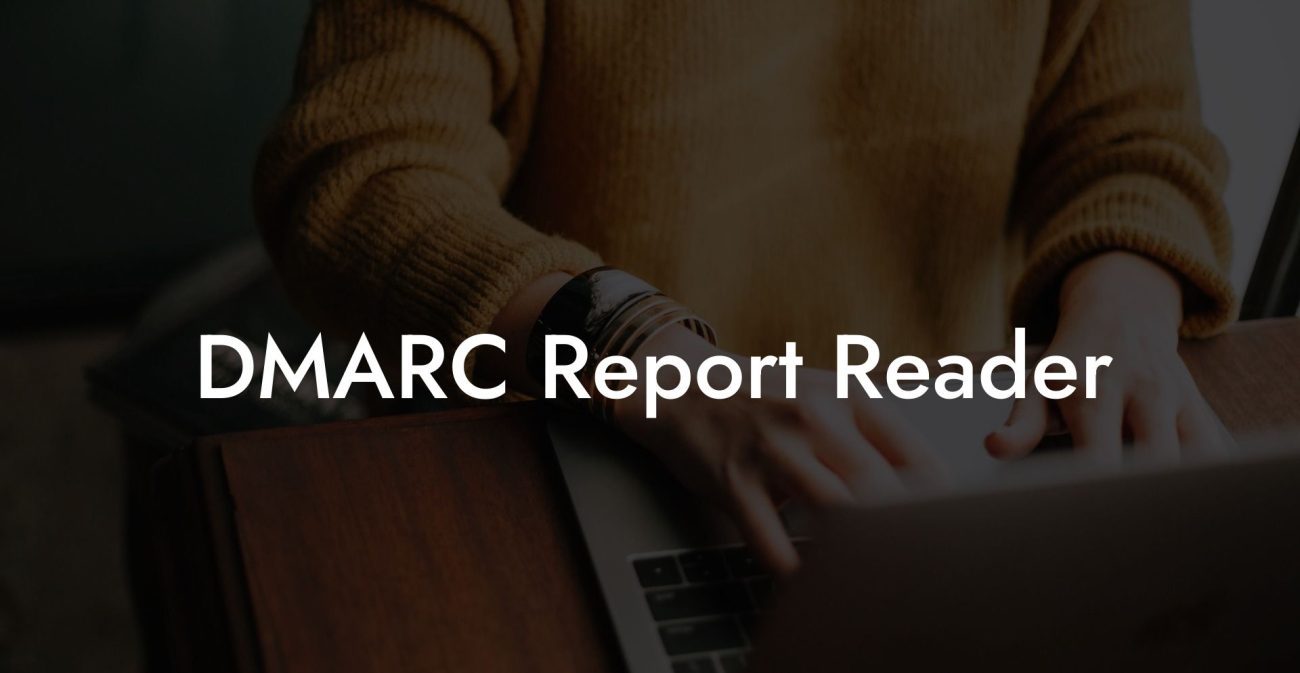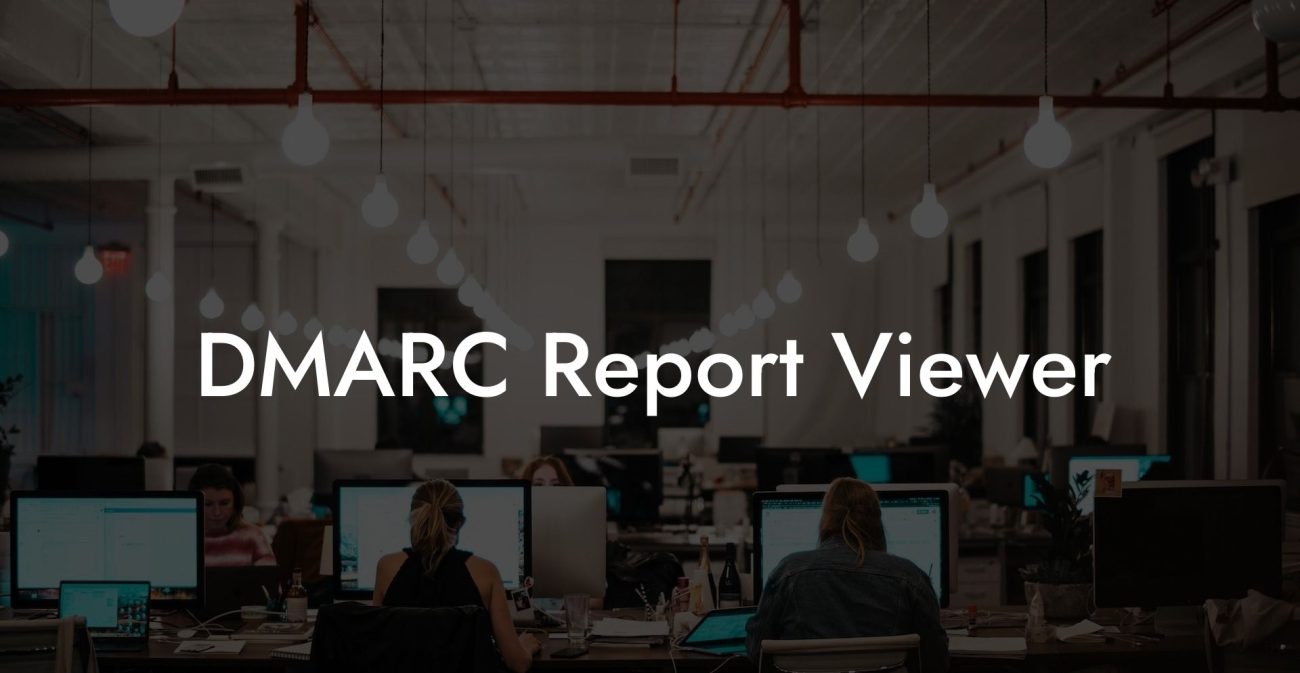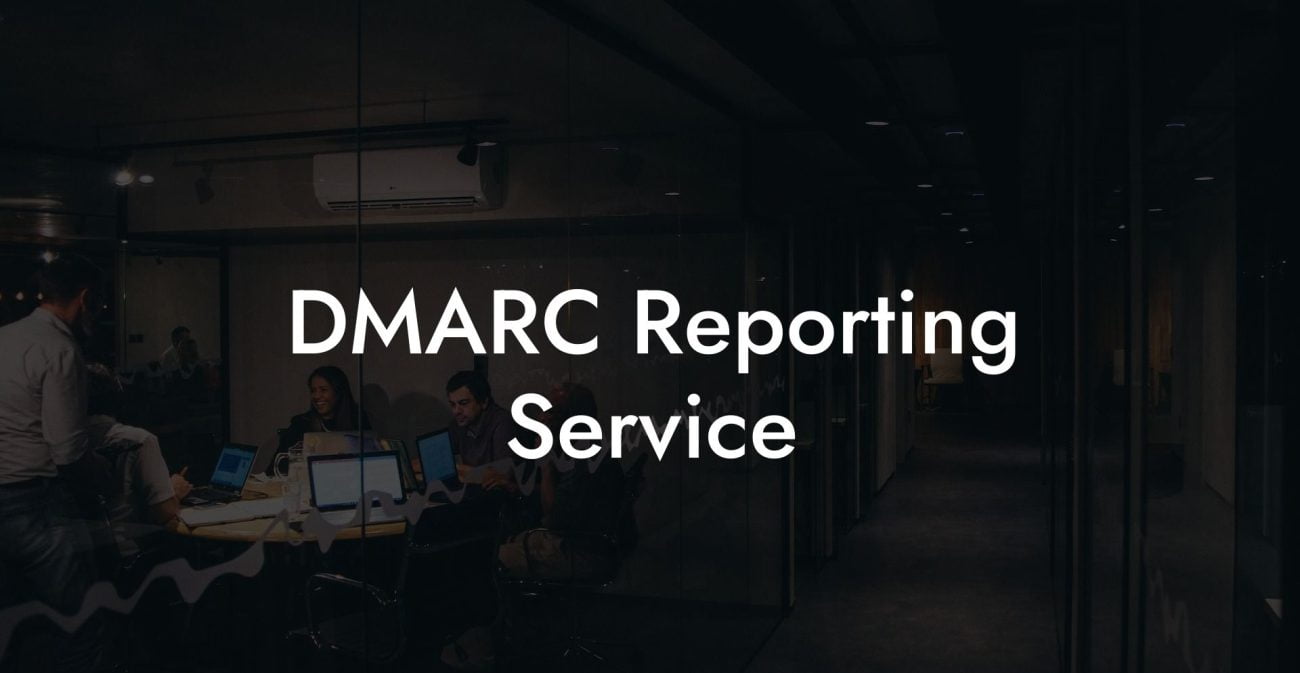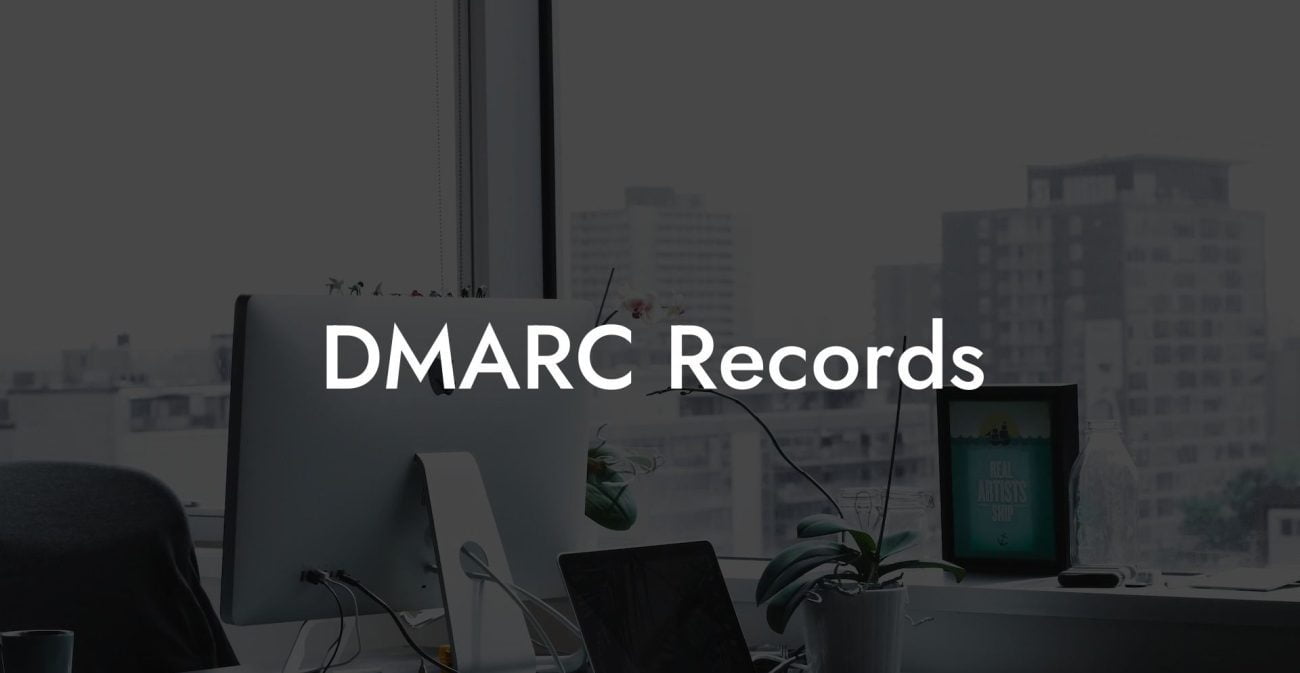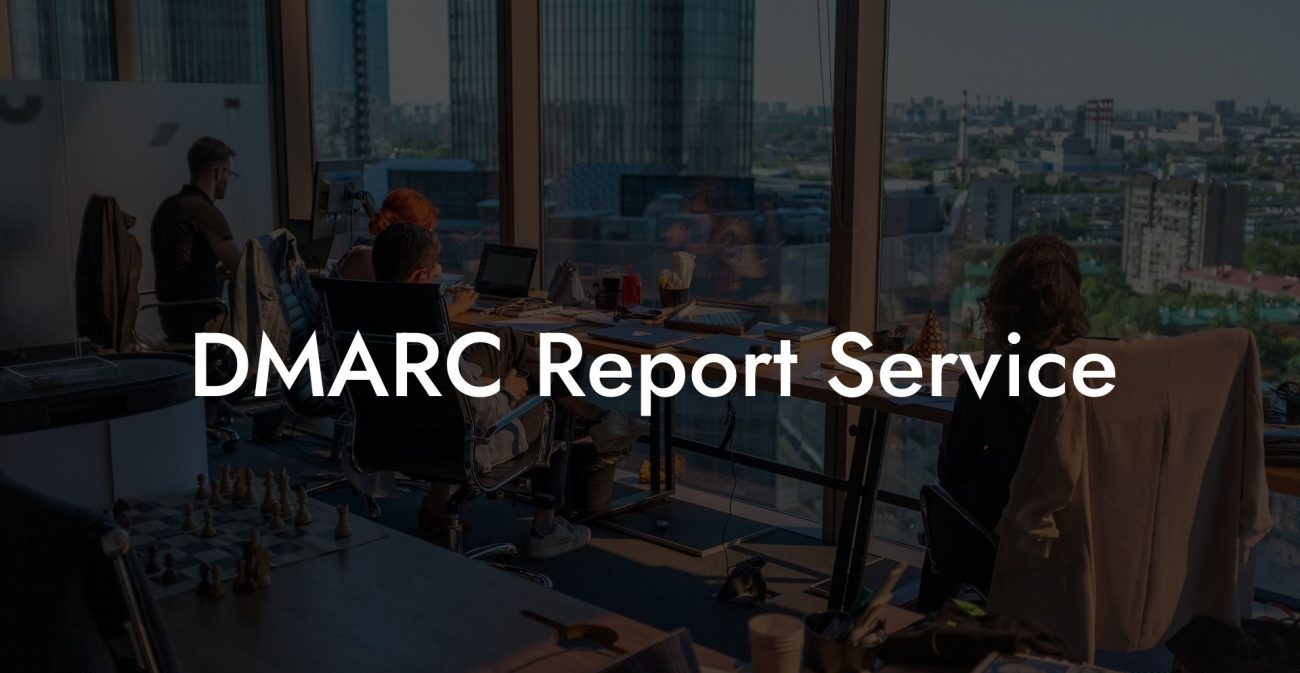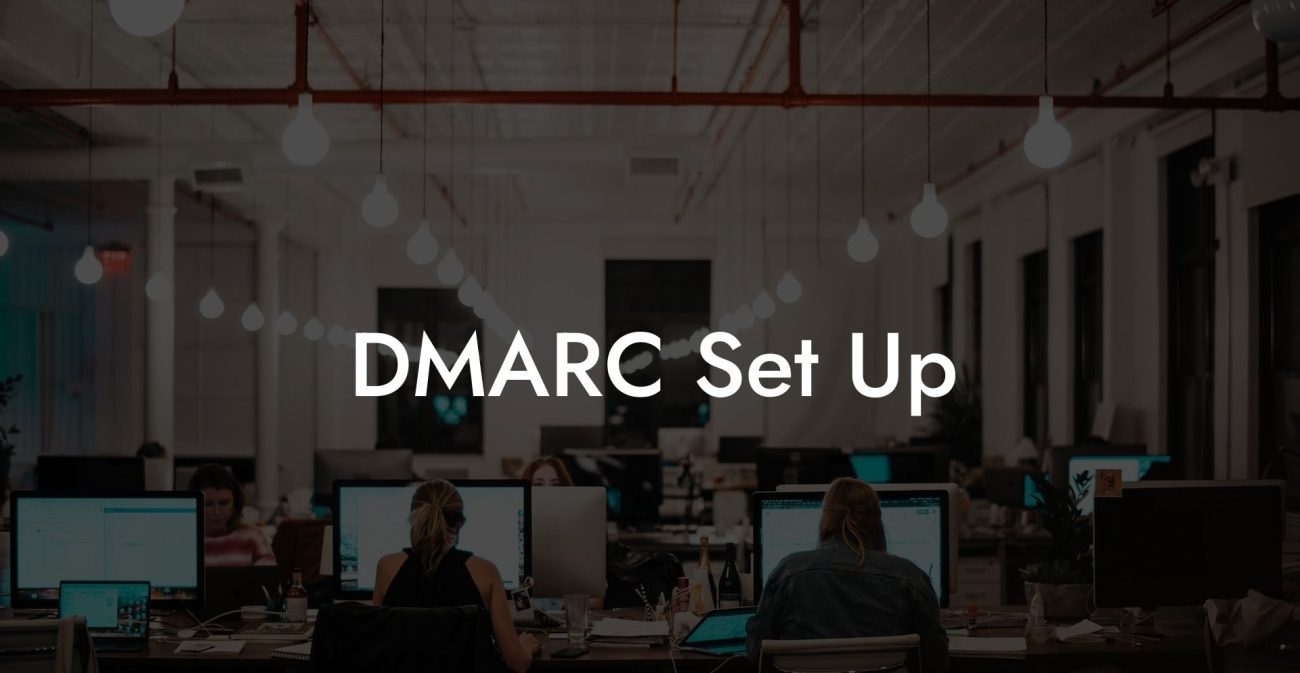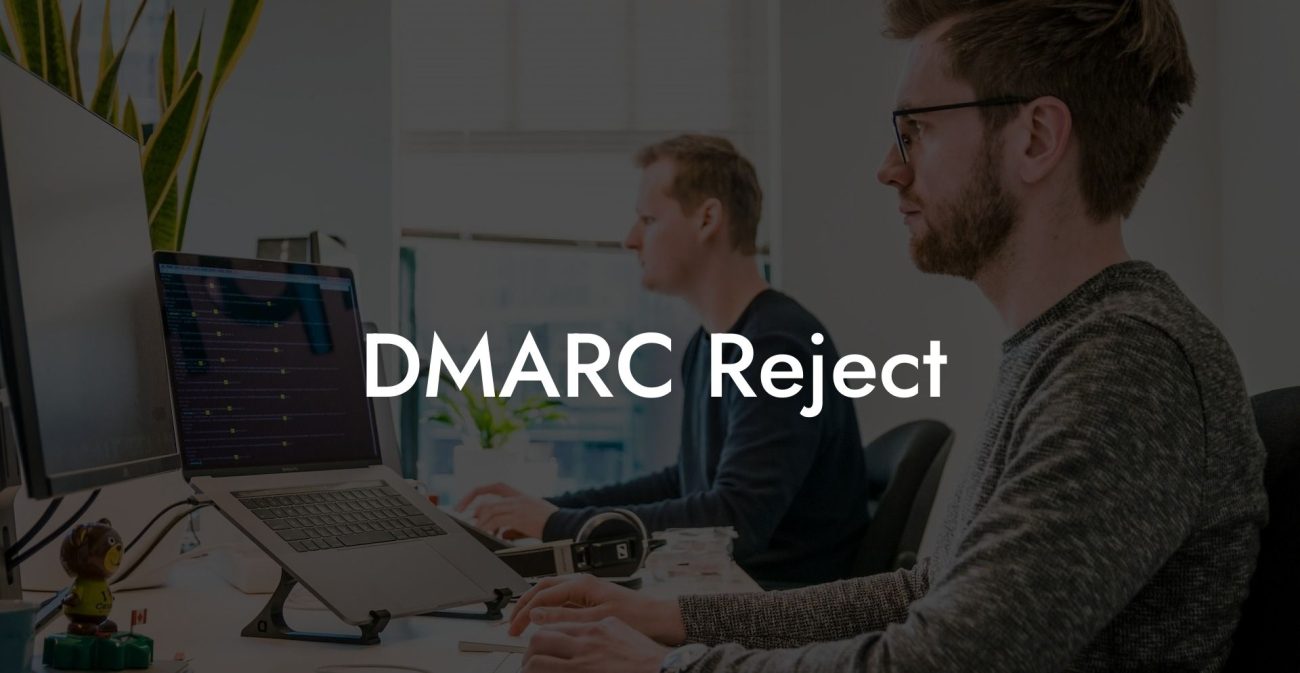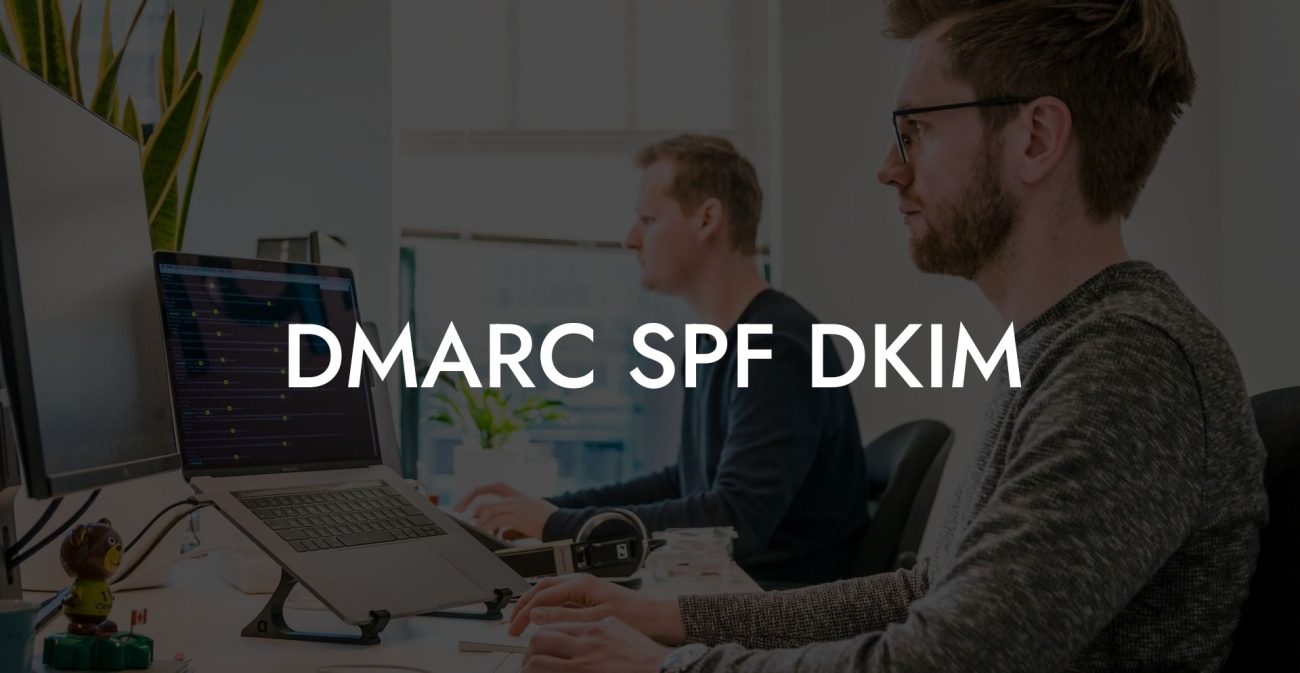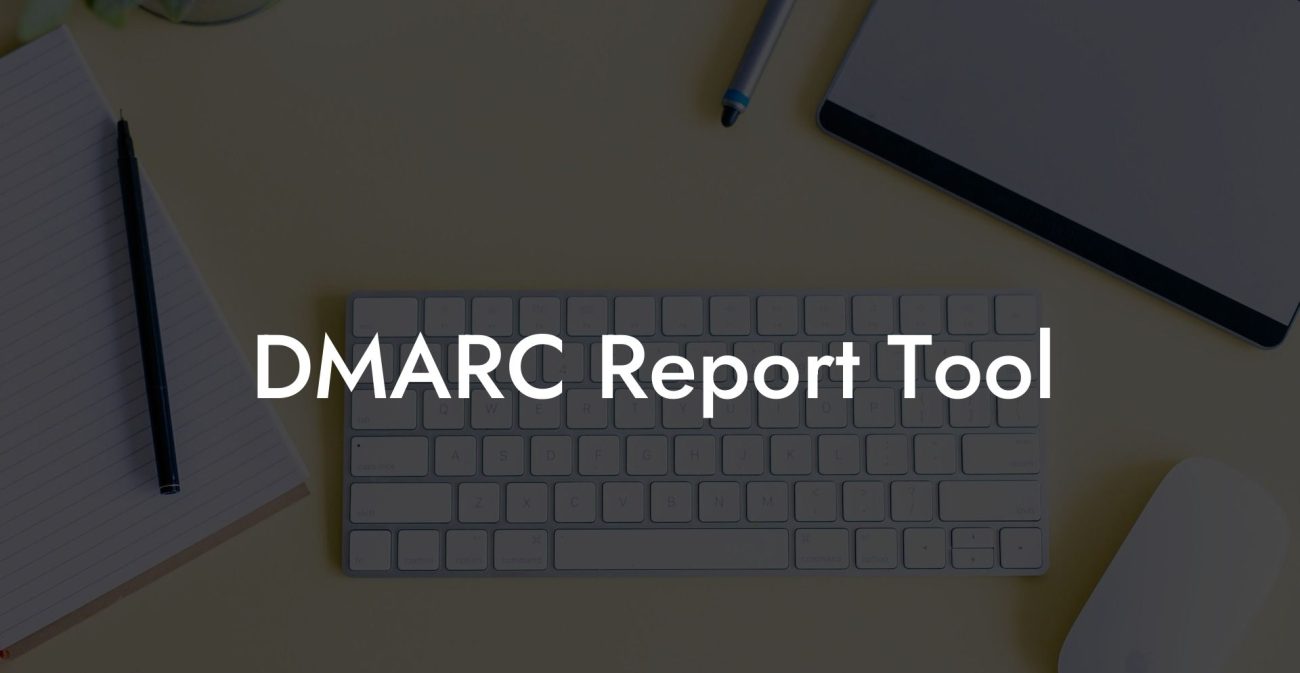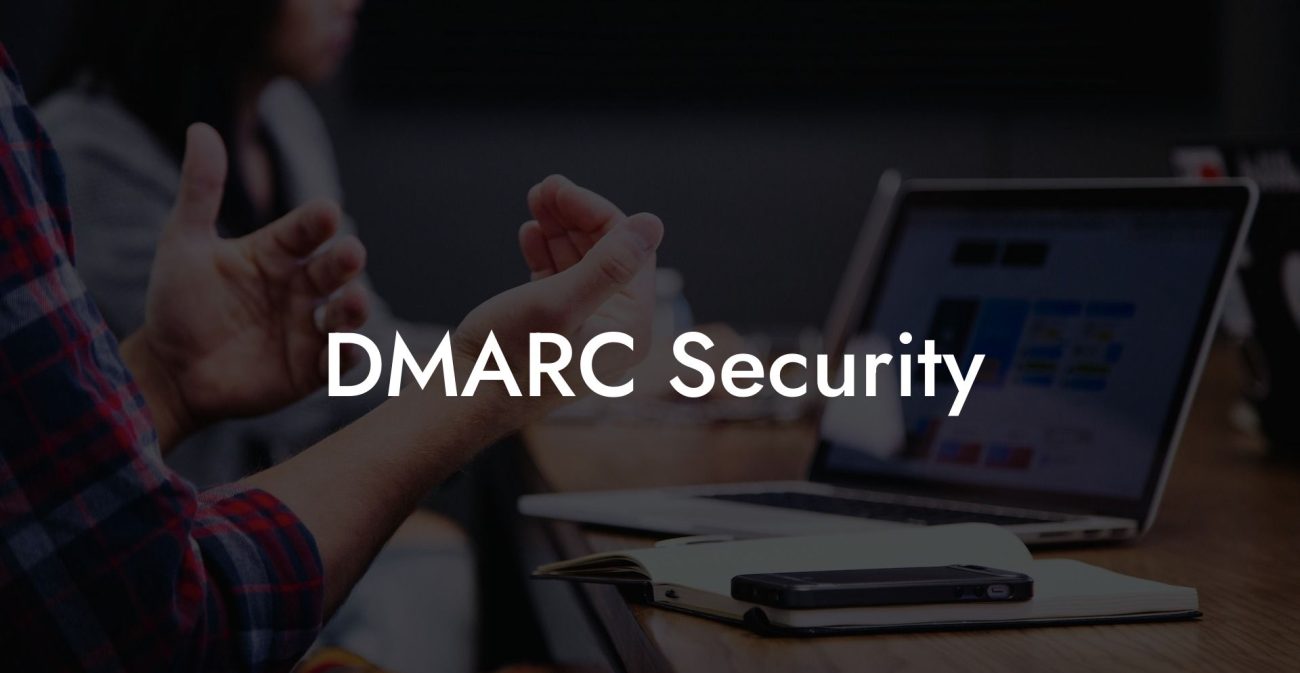When it comes to email security, preventing phishing attacks and ensuring that your organization's communications are legitimate are crucial. One of the key ways to achieve this is by implementing a DMARC policy. But what exactly is DMARC, and how does it work? In this article, we will explore the world of DMARC, its benefits, and provide you with guidance on how to set it up for your organization.
Understanding DMARC
DMARC, which stands for Domain-based Message Authentication, Reporting, and Conformance, is a protocol that helps organizations protect themselves against email spoofing, phishing, and other types of email fraud. It achieves this by verifying whether an incoming email message is genuine and not being sent from a forged or malicious source.
Protect Your Data Today With a Secure Password Manager. Our Top Password Managers:
DMARC works by providing a way for domain owners to specify how email accounts should handle messages which fail authentication checks. In essence, DMARC is based on two existing authentication mechanisms: SPF (Sender Policy Framework) and DKIM (DomainKeys Identified Mail). By requiring both these mechanisms, DMARC improves email security, making it harder for malicious actors to send emails impersonating your domain.
How Does DMARC Work?
When an email is sent, the receiver's email server checks the DMARC policy published by the sender's domain. It then verifies if the email passes the SPF and DKIM authentication tests. Based on the results, the receiver's server either accepts, flags, or rejects the email, in accordance with the sender's DMARC policy.
DMARC Policy Levels
There are three levels of DMARC policies that a domain owner can publish:
- None: This level simply monitors the authentication results without taking any action. It is used primarily for gathering data on the domain's email traffic, allowing domain owners to understand how their emails are being handled.
- Quarantine: Here, the receiving email server will flag emails that fail DMARC checks and send them to the recipient's spam or junk folder. This step ensures that malicious emails are less likely to reach the user's inbox.
- Reject: This is the strictest level, where the receiving server outright rejects and blocks emails that fail DMARC checks. This prevents malicious emails from being delivered altogether.
Implementing DMARC for Your Organization
To set up DMARC for your domain, follow these steps:
- Ensure SPF and DKIM are in place: As mentioned earlier, DMARC relies on both SPF and DKIM, so you need to set up these mechanisms first. Make sure to configure them accurately to avoid any issues.
- Create a DMARC policy record: This consists of a specially-formatted TXT record added to your domain's DNS (Domain Name System) settings. The record should include the policy level you want to apply (none, quarantine, or reject), as well as any other required DMARC options such as reporting addresses or failure thresholds.
- Monitor and adjust your policy: Once your DMARC policy is in place, regularly review the reports generated by the DMARC system. These reports will provide valuable insights into the effectiveness of your policy, highlight potential issues, and allow you to fine-tune the policy based on real-world data.
DMARC Policy. Example:
Imagine a company named "Example Corp." with the domain "examplecorp.com." They want to implement a DMARC policy to provide an additional layer of protection against spoofed and malicious emails. After ensuring their SPF and DKIM configurations are in place, they create a DMARC record in their DNS with the policy level set to "reject." This new policy means that any email failing the authentication checks will be blocked by the recipient's email server, preventing these malicious messages from ever reaching their users' inboxes.
In the age of constant cyber threats and sophisticated phishing attacks, having a DMARC policy in place is no longer optional for organizations. It provides a vital layer of protection that safeguards both your domain's reputation and your users' inboxes from malicious emails. Don't wait for a compromise to occur; take action now by implementing DMARC for your organization and enjoy the benefits of secure and authenticated email delivery. If you found this guide helpful, feel free to share it with others and explore additional guides and resources on Voice Phishing to bolster your organization's cybersecurity.
Protect Your Data Today With a Secure Password Manager. Our Top Password Managers:





